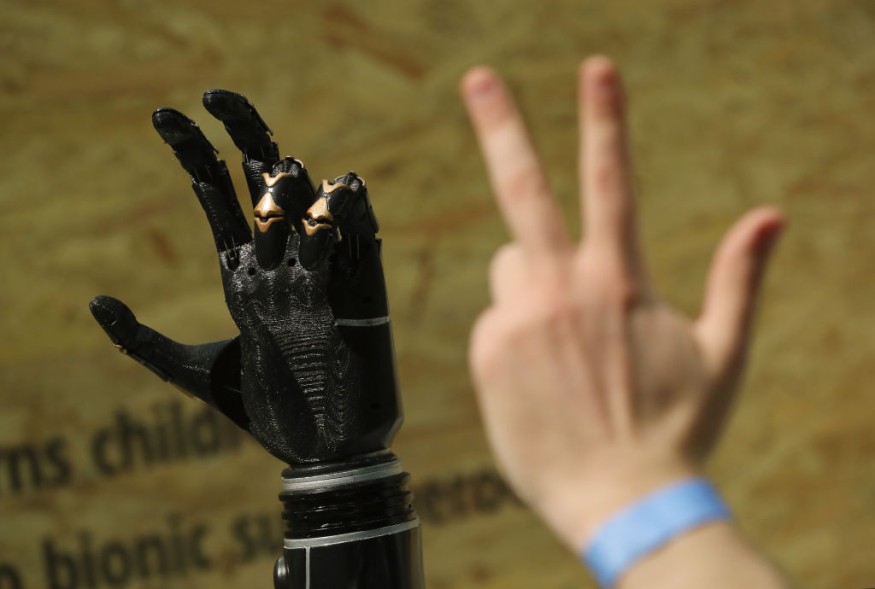New research recently revealed one of the latest technological inventions with a robotic third thumb that has produced surprising results, specifically for people's brains.
According to a ScienceAlert report, in just a few days, people using the said robotic thumb were able to operate it in a natural way to perform multi-faceted tasks such as building towers through wooden blocks, or stirring their coffee while holding it.
Aside from that, neural scans also showed that the presence of the robotic third thumb had actually changed what was previously going on in the brain, even when the extra attachment was removed, having a robo-thumbed attached for a couple of days shifted the representation of brain, of flesh and blood fingers.
Deciphering what's happening here is critical for the improvement of the relationships of bodies with tools, robotic devices, as well as prosthetics.

Effect on Human Brains
While these augmentation methods can be incredibly useful, there is a need to understand their effect on human brains, as well.
According to Dani Clode, designer and research technician from University College London in the United Kingdom, who developed the Third Thumb, their study shows that people can quickly learn to operate and control an augmentation device and use it for their benefit without having to overthink.
The robotic third thumb inventor also said they saw that while using the artificial thumb, they observed a change in people's natural hand movements, and they reported that the robotic third thumb felt as if it is part of their own body, too.
Some of the volunteers who took part in the study went through fMRI scans before and after the robotic third thumb trials, moving their fingers one by one in order as the researchers analyzed their brains.
MRI or magnetic resonance imaging, this site describes, is a non-destructive scanning procedure that can measure both chemical and density changes in a material's various layers like organs or tissues in the human body.
However, for safety reasons, the extra thumb was not used in the scanner. The hands that had not been wearing the robotic thumb were compared as a control.
As a result, the scans showed that the representation of the brain of individual fingers on the hand that used the extra robotic thumb has become less distinct, the respective areas of neural activity in the sensorimotor in which sensory and motor information is handled, had begun blurring into each other.
3D-Printed Thumb
As indicated in the research, robotic hand augmentation drives changes in neural body representation, published in Science Robotics, the 3D-printed thumb offers movement degrees and is regulated wirelessly by pressure coming from big toes.
This study got together 20 volunteers willing to take on an extra thumb. They were asked to wear the robotic third thumb for six hours each day for five consecutive days, both in present training tasks and during their day-to-day lives.
Such routines focused on motor control, dexterity, and coordination, and were designed to teach the user to use the robotic thumb instinctively.
Interestingly, the volunteers managed to use the thumb even in times of distraction or when blindfolded. Consequently, they reported a strong sense of embodiment.
UCL neuroscientist Tamar Makin said, evolution has not prepared humans to use an extra part of the body and here, it has been found that to extend the ability in new and unexpected ways, there is a need for the brain to adjust the biological body's representation.
A similar report on 'Robotic Third Thumb' is shown on the Insider's YouTube video below:
RELATED ARTICLE : Boston Dynamics Robots Hit the Dance Floor in Latest Video
Check out more news and information on Robotics and Medicine & Health on Science Times.










